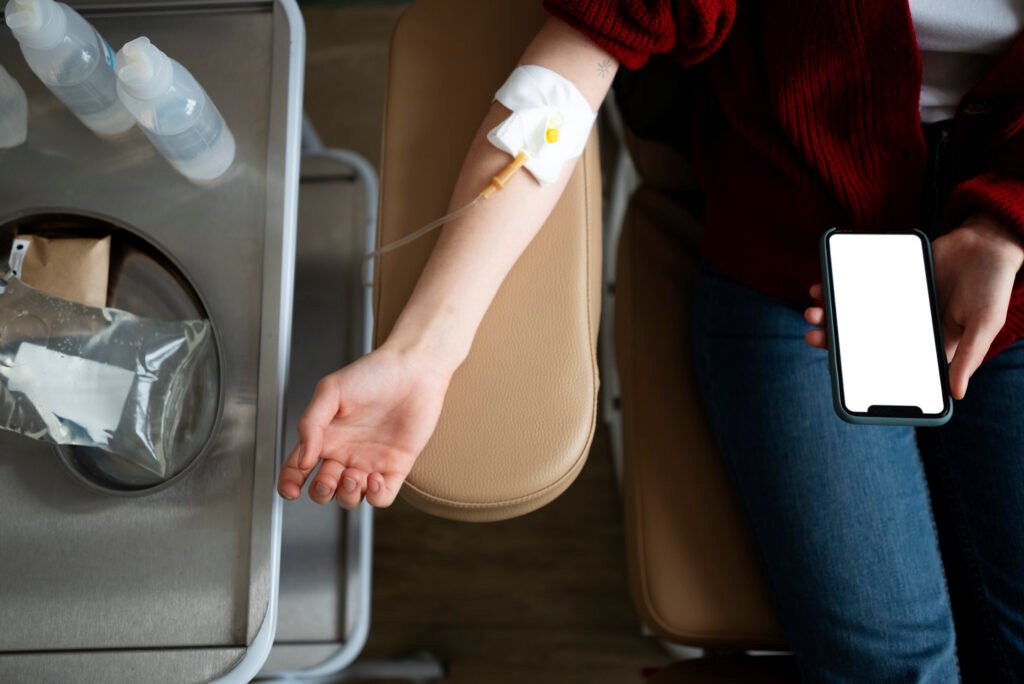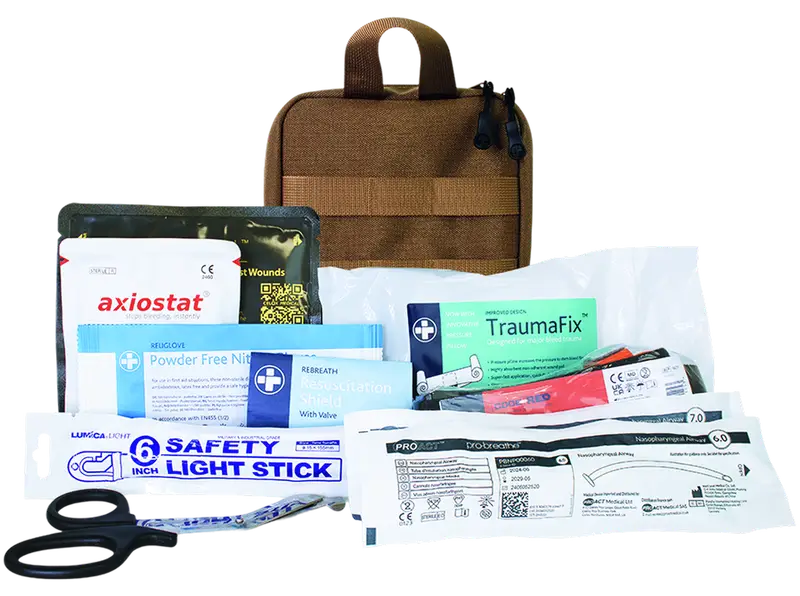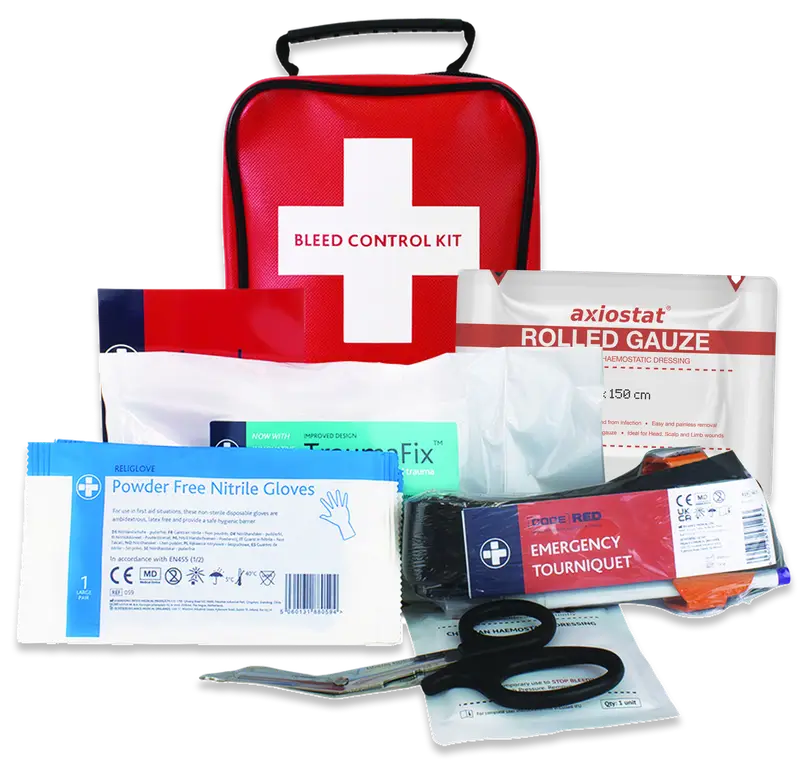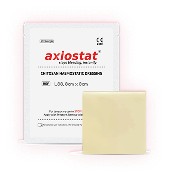When you say “hemostatic,” it may sound complicated or technical. But the word is quite simple and very essential, particularly in first aid. Hemostatic simply means stopping the bleeding. It is derived from Greek words haima for blood and stasis for stopping. A hemostatic agent is something that stops blood from flowing after injury.
You may be asking yourself why we need to learn this definition. The reason is easy. In crisis situations, knowing what works and why can be the difference between life and death. Not all bandages are designed to control bleeding quickly. Knowing what hemostatic means enables you to select the correct tool when seconds count.

It is not always simple to stop bleeding. Small cuts will stop bleeding by themselves or with basic bandages. Serious injuries, deep cuts, or an accident can lead to heavy bleeding, however. When that happens, time is very important. Each minute that bleeds uncontrollably increases the risk of complications or worse.
This is where the hemostat’s significance comes in. A hemostatic product accomplishes more than merely covers an injury. It assists the body’s normal clotting mechanism to gain speed. Unlike standard cotton or gauze that only absorb blood, hemostatic products actively assist in halting bleeding.
A hemostatic agent draws platelets and blood cells to the wound. The active ingredients in such products interact with the blood directly to cause clotting. Chitosan, a natural material found in shellfish, is an example of a common substance found in hemostatic dressings. Chitosan has a positive charge that attracts the negatively charged blood cells. This works by creating a good clot at a quick pace.
When a product is described as hemostatic, it means that it does not simply soak up blood. It provides the body with the conditions to stop bleeding safely and promptly. This simple reality is a lifesaver in emergencies.
Most first aid kits have plain gauze pads. They are good for minor scrapes and cuts, but they do not actually slow bleeding. First aid gauze is primarily there to cover the wound and soak up the blood. It can be effective with minimal bleeding, but it may fail under more severe bleeding.
Hemostatic gauze does have one additional benefit, though. Hemostatic gauze contains hemostatic agents that speed up the clotting process. In emergency situations, use of a hemostatic gauze stops bleeding more quickly compared to regular gauze. Hospitals, ambulances, and even military first aid kits incorporate hemostatic dressings because of this.
Axiostat is one of the leading products when it comes to hemostatic dressings. It does not just sit on the wound. It acts immediately. Axiostat is made from chitosan, the natural substance mentioned earlier. It works directly with blood cells to form clots in just a few minutes.
What makes Axiostat special is its simplicity. Even people without medical training can use it. You place it on the bleeding site and apply pressure for a short time. That is all. No complicated steps, no medical jargon. Just fast, effective action.
Apart from being strong, Axiostat is safe. It is non-toxic, sterile, and gentle to the skin. It adheres to the wound tenaciously but can be removed with saline without infecting the injury. It is best suited for use at home, in the workplace, and in travel kits.
Understanding what hemostatic is tells you when to apply it. Minor traumas do not require sophisticated solutions. A shallow cut or small scrape heals in time with normal bandages. But the instant blood does not cease with pressure, one needs hemostatic gauze.
Take into consideration instances where medical assistance is not readily accessible. Suppose an individual gets hurt while camping, hiking, or working in a rural setting; it may take time to get to a hospital. A hemostatic first aid gauze becomes more than a choice. It is a necessity.
In workplaces like factories or construction sites, injuries with heavy bleeding are a known risk. Instead of waiting helplessly with cotton and tape, a hemostatic dressing provides the chance to control bleeding until the ambulance arrives.
There are some common myths that stop people from using hemostatic products. One of them is that it is only for hospitals. In fact, the opposite is true. Hemostatic products are designed for use by everyone – from first responders to everyday individuals.
Another myth is that they are complicated to use. Actually, they are made to be as easy as applying regular gauze. There is no need for special skills or medical knowledge.
First aid is all about being prepared. A first aid kit with standard gauze is handy but insufficient. Having a hemostatic first aid gauze such as Axiostat prepares your kit for actual emergencies. It is not about fearfulness; it is about being responsible and intelligent.
Understanding hemostasis makes you confident. It informs you that not all bandages are equal. Some will save lives by controlling bleeding quickly.
Hemostatic products represent a significant advance in first aid. They introduce science into your hands without intricacy. They are simple, safe, and extremely effective.
If your first aid kit lacks a hemostatic gauze, it is time to reconsider. At home, on the road, or in the workplace, the appropriate bandage might mean the difference between life and death.
The next time you consider first aid, keep the hemostatic gauze in mind. It is not merely a term. It is an invaluable weapon that enables you to respond faster, more securely, and wiser when it counts the most.
Axiostat® Vascular Patch
Axiostat® Vascular Patch
V35
V55
3.5cm x 3.5cm
5cm x 5cm
Box of 15
Box of 10

Axiostat® Z-Fold Gauze – 7.6cm x 300cm
Foxseal Occlusive Chest Seal (Contains 2 Chest Seals)
TraumaFix Dressing Sterile Including Pressure Pad 10cm x 18cm
CODE RED Emergency Tourniquet
Rebreath Mouth to Mouth Resuscitation Device with Valve
Religlove Nitrile Examination Gloves Large (Pair)
6″ Military Grade High Intensity Cyalume Lightstick White
PRO-Breathe Nasopharyngeal Airway, Size 6
PRO-Breathe Nasopharyngeal Airway, Size 7
Universal shears large 7.6″
1
1
1
1
1
1
1
1
1
1

Axiostat® Rolled Gauze – 7.6cm x 150cm
Religlove – Nitrile Examination Gloves – Large – Pair
Universal shears large 7.6″
TraumaFix Dressing Sterile Including Pressure Pad
CODE RED Emergency Tourniquet
Foxseal Occlusive Chest Seal
Bleed Control Guidance Leaflet
1
2
1
1
1
1
1
Axiostat® Rolled Gauze
Axiostat® Z-Fold
Axiostat® Z-Fold
Axiostat® Patch
Axiostat® Patch
Axiostat® 4-Ply Gauze
Axiostat® Single Ply Gauze
Axiostat® Rolled Gauze
6510-72-057-0462
6510-72-057-0460
6510-72-057-2313
6510-72-057-0464
–
6510-72-057-2350
6510-72-057-0461
–
L150
MIL300
MIL150
L88 / MIL88
M85
L2020
L1010 / MIL1010
L100
7.6cm x 150cm
7.6cm x 300cm
7.6cm x 150cm
8cm x 8cm
8cm x 5cm
20cm x 20cm
10cm x 10cm
7.6cm x 100cm
Individual
Individual
Individual
Box of 10
Box of 10
Box of 10
Box of 10
Individual


For Femoral and Radial Access Closures


For Femoral and Radial Access Closures